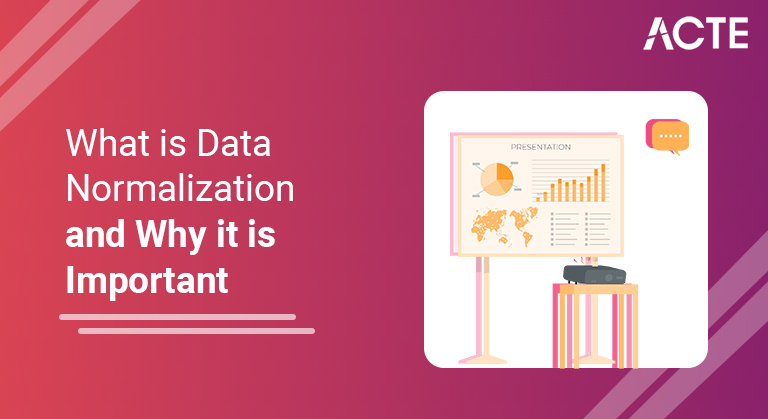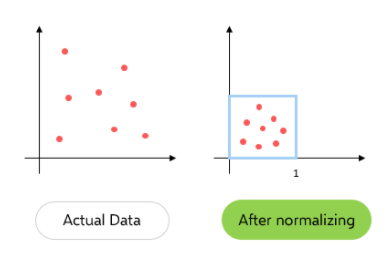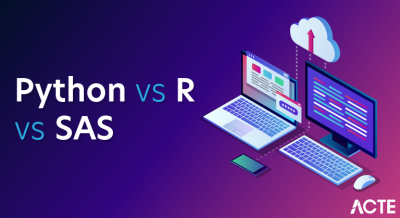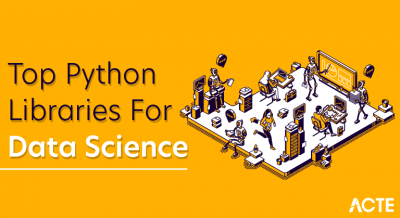
Normalization is the process of organizing data in a database. This includes creating tables and establishing relationships between those tables according to rules designed both to protect the data and to make the database more flexible by eliminating redundancy and inconsistent dependency.
- What is Data Normalization?
- Data Normalization Forms
- Types of database normalization
- Database Normalization phases
- The Importance of Data Normalization
- Benefits
- More Benefits of Data Normalization
- Conclusion
What is Data Normalization?

So what is normalized information regardless? An information normalization definition isn’t subtle, yet picking a specific one can be fairly dubious. Considering all of the different explanations out there, information normalization is essentially a sort of cycle wherein information inside an informational index is redone in such a way so customers can suitably utilize that informational collection for extra inquiries and investigation.
There are a couple of targets as an essential concern when undertaking the information normalization process. The first is to discard any duplicate information that might appear inside the information assortment. This basically goes through the information base and discards any redundancies that may occur. Redundancies can inimically impact examination of information since they are values which aren’t really needed. Eradicating them from the information base helps with cleaning up the information, making it more clear to break down.
The other goal is to lucidly assemble information. You really want information that interfaces with each other to be assembled away. This will occur in an information base which has gone through information normalization. Expecting information is dependent upon each other, they should be in proximity inside the dataal collection.
In light of that general framework, could we research the real collaboration. While the cooperation can vacillate dependent upon the kind of informational index you have and what sort of information you assemble, it for the most part incorporates a couple of stages. One such development is taking out duplicate information as inspected already. Another movement is settling any conflicting data.
Here and there, datasets will have information that battles with each other, so information normalization is planned to determine this conflicting issue and tackle it before continuing. A third step is coordinating the information. This takes information and converts it into an association that licenses further dealing with and assessment to be done. Finally, information normalization combines information, solidifying it into a significantly more planned construction.
Consider of the state of huge information today and its sum includes unstructured information. Assembling it and changing it into a coordinated design is required now more than ever, and information normalization helps with that work.
Data Normalization Forms:-
Data normalization can be apportioned into different kinds of common constructions. The most notable ones are 1NF, 2NF, 3NF, and BCNF. Permit us to hop into this huge number of common constructions with the help of a model. Expect that an association has an informational collection of all of their laborers and their basic capacities as shown in the table underneath.
- 1NF: Removes duplicates and makes separate tables for get-togethers of related data.
- 2NF: Removes subgroups of information present in different lines of a table and makes new tables, with relationship between them.
- 3NF: Deletes fragments that don’t depend upon the crucially key worth.
- 4NF: Deletes all conditions between various qualities.
Types of data set standardization:-
Data sets can be set up by their level of normalization, from level 1 to try and out 5 (now and again up to 8 novel sorts are referenced).
This suggests that level 1 (First Normal Form or 1NF) is the most un-mind boggling and most fundamental technique for normalizing information, up to 5NF, the most refined. The last choice is only occasionally used and it is more ordinary to see the underlying three sorts.

The necessities for meeting every level of normalization stretch out to consolidate more mind boggling methods, though this doesn’t mean they’re then, improved for all organizations.
Database Normalization stages:-
To simplify it, we recommend you follow the times of information base normalization starting with level 1.
This is an incredibly wide abstract of the association, the nuances of which you should check with the information base originators:
Phase 1: Create different tables for every value, or track down duplicated fields in a table, place them in different tables and association a key to each.
Phase 2: Create relationship between values in different tables. For example, between a table of Colors and a table of Sizes of a dress item.
Phase 3: Add relationship between the very key segments and the non-key segments.
The Importance of Data Normalization:-
Since you know the stray pieces of what is normalizing information, you may inquire as to why it’s so indispensable to do all things considered. Put in fundamental terms, a fittingly arranged and well-working information base should go through information normalization to be used adequately. information normalization discards different inconsistencies that can make examination of the information more tangled. A part of those irregularities can appear from deleting information, implanting more information, or reviving existing information. At the point when those mix-ups are worked out and killed from the structure, further benefits can be procured through various vocations of the information and information investigation.
It is by and large through information normalization that the information inside an informational collection can be planned so it might be imagined and analyzed. Without it, an association can accumulate all of the information it needs, but its greater part will simply go unused, consuming room and not aiding the relationship in any huge way. Likewise when you consider how much money associations will assemble assets into get information and arranging informational indexes, not profiting by that information can be a dead serious drawback.
- By using normalization abundance of information base or information duplication can be settled.
- We can restrict invalid characteristics by using standardization.
- Brings about a more limited informational index (as a result of less information reiteration/zero).
- Limit/avoid information change issues.
- It adjusts the query.is
- The informational collection configuration is all the more clear and more obvious.
- The informational index can be reached out without impacting existing data.
- Finding, organizing, and requesting can be speedier in light of the fact that the table is nearly nothing and more sections can be obliged on the information page.
Benefits:
There are many benefits to normalizing an informational index. A part of the rule benefits are:
We would now have the option to see that the thoughts of denormalization, normalization, and denormalization are developments used in informational indexes and are differentiable terms. Normalization is a procedure for restricting incorporation, end and update exceptional cases by discarding abundance information. The opposite normalization process, which adds redundancy to the information to additionally foster application-express execution and information trustworthiness.
More Benefits of Data Normalization:-
Just having the choice to do information assessment even more successfully is reason enough for a relationship to take an interest in information normalization. There are, regardless, much more inspirations to play out this collaboration, all of them outstandingly accommodating. One of the most extraordinary is the way that information normalization suggests informational indexes consume less room. A fundamental concern of social occasion and using gigantic information is the colossal proportion of memory expected to store it. While limit decisions have extended and more capable with pushes in advancement, we at present end up in when gigabytes, terabytes, and greater simply aren’t cutting it any more drawn out. Appropriately, finding methods of reducing circle space is essential, and information normalization can do that.
Occupying less circle room is staggering isolated, but that furthermore extends execution. An informational collection that isn’t blocked by stacks of pointless information suggests information assessment can happen even more quickly and capably. Accepting that you’re fighting with your information examination, you’ll have to contemplate information normalization for your information set.
The benefits of information normalization go past circle space and its associated impacts. By partaking in this cycle, you’ll imagine that it is more clear to change and revive information inside your informational collection. Since the redundancies and bumbles are feeling the loss of, the information is a great deal of cleaner and you won’t have to play with it as you change data.
Numerous affiliations use the information in their informational index to look at how to additionally foster their affiliation. This can transform into a stunning assignment especially if the information they have comes from various sources. Possibly an association has a request concerning showcasing projections that interfaces with online media responsibility with customers. The information comes from different sources, so addressing them can be trying, but with information normalization, that connection is less complex. Answer the requests that you have even more quickly and understand that the information you’re working with is exact.
That is still the beginning of the benefits of information normalization. Accepting you use a grouping of Software as-a-Service applications, for example, you can set and address information from those applications easily. If you need to exchange your logs from a space, then, you can do as such without having any repeated information regards. You can imagine information from any business understanding instruments you have close by reports and assessment stages. The handiness of information normalization can’t be placed into words.
To oblige those benefits, information normalization can in like manner be of remarkable use to explicit people. Expecting you wind up being strongly drawn in with get-together, making due, and organizing information, you’ll have to take advantage of information normalization. The comparable goes for individuals who need to perform quantifiable exhibiting for the information they have as a part of their obligations. Accordingly, information analysts and business specialists have a ton to secure from using the information normalization process. Do you contribute a lot of your energy working with strategies? You may benefit from this association too. The identical goes for individuals who work with informational index upkeep, ensuring everything is moving along true to form on that front. Believe it or not, essentially anyone related with information and examination will see information normalization as incredibly helpful.
Data normalization should not be overlooked accepting you have an informational index, which goes for basically every business out there now. It’s a huge philosophy that is essentially crucial now as affiliations assemble and take apart information on a scale never seen.
Conclusion:-
When to standardize information Normalization is especially significant for OLTP frameworks, where addition, update and erase activities are quick and are generally started by the end-client. Then again, standardization isn’t considered all of the time to be significant for OLAP frameworks and information distribution centers. Information is typically denormalized to work on the presentation of inquiries that should be run in that specific circumstance.
When to denormalize information It is ideal to denormalize a data set in a few circumstances. Numerous information distribution centers and OLAP applications use denormalized data sets. The primary justification for this is execution. These applications are frequently used to perform complex inquiries. Joining many tables ordinarily returns extremely enormous records. There might be different purposes behind data set denormalization, for instance, to uphold specific limitations that may not be authorized.





